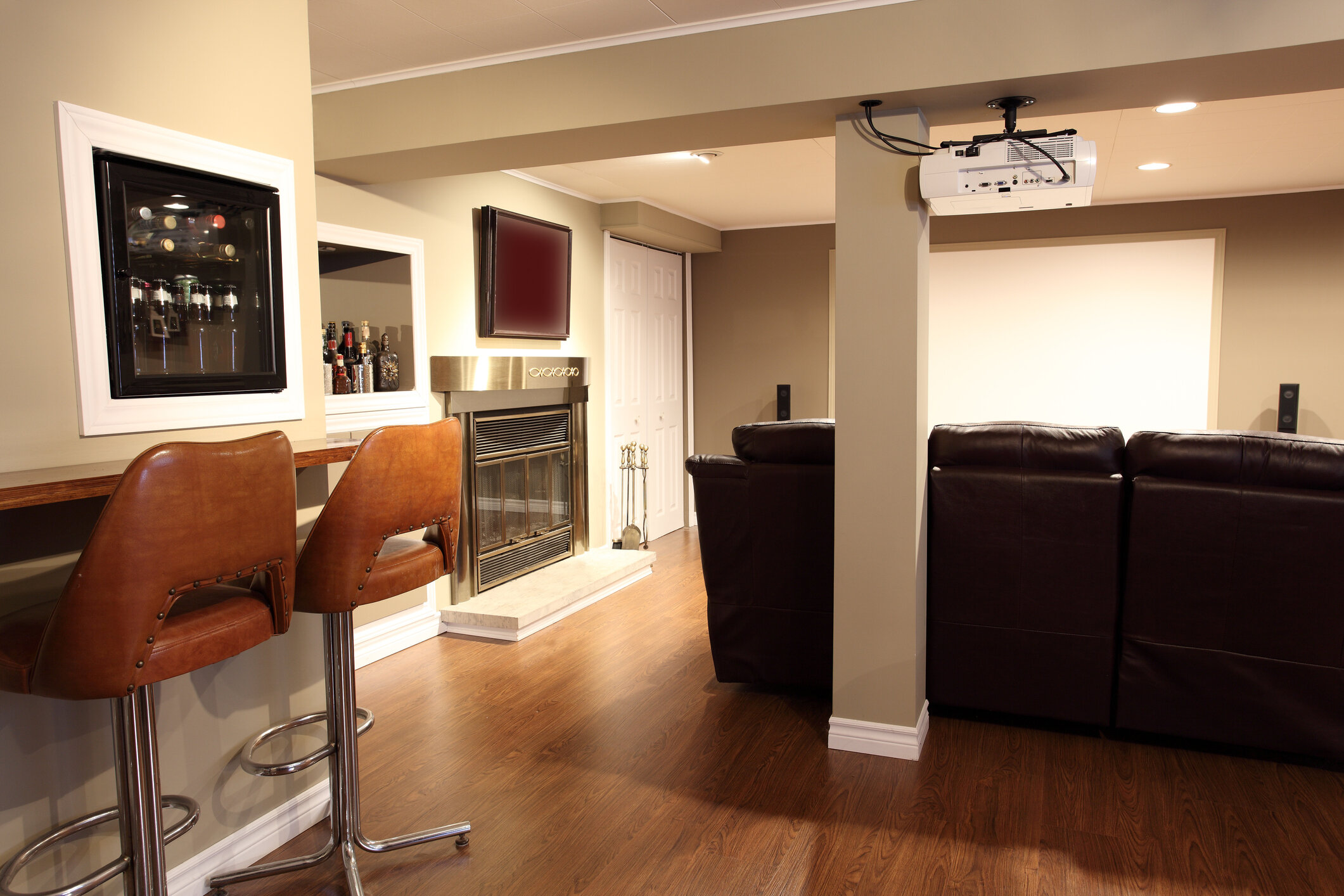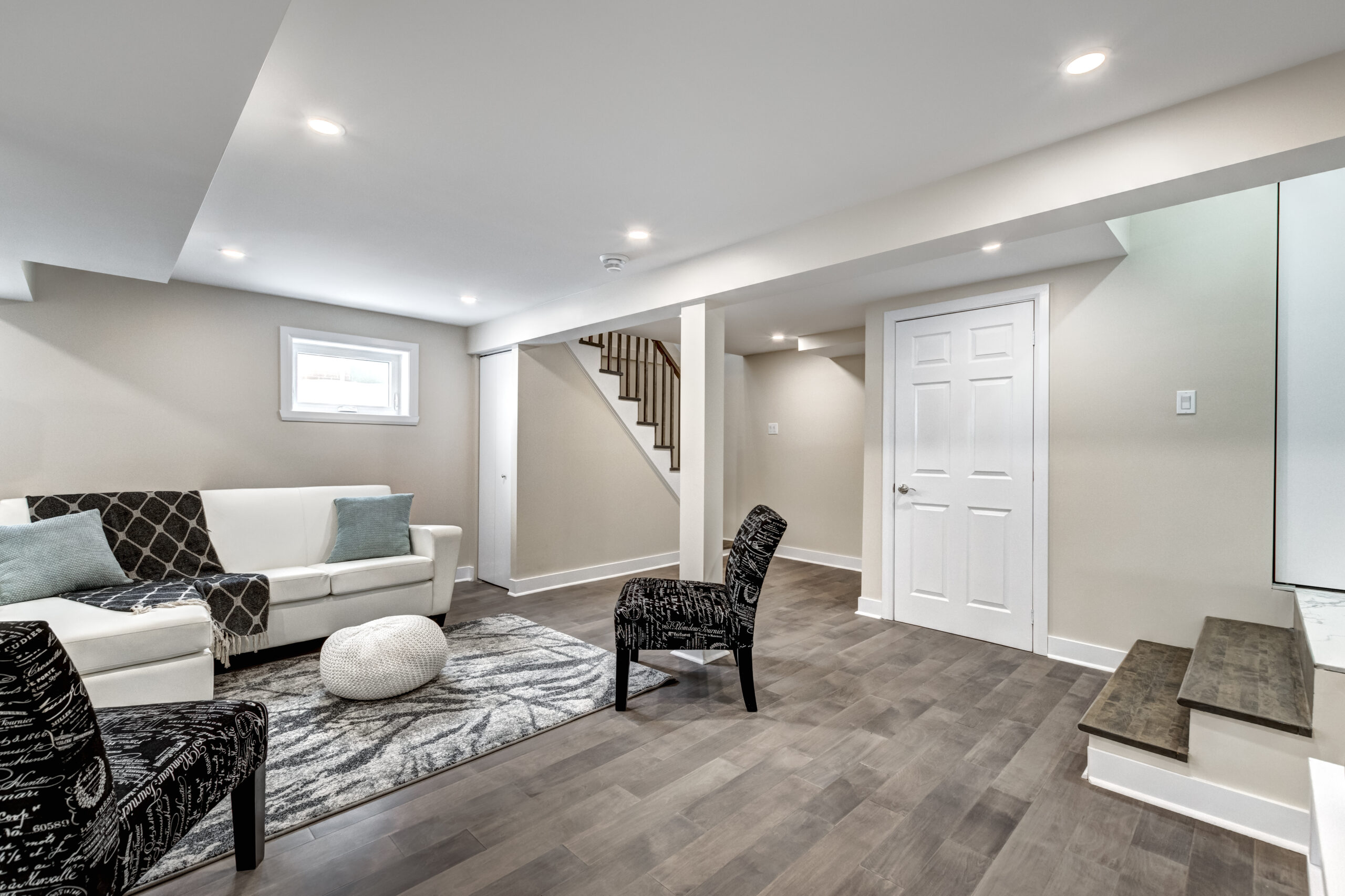Basement renovations provide homeowners with an excellent chance to increase the useable area in their houses. Transforming your basement into a beautifully refurbished space may be a game changer in terms of providing more living areas, adding useful rooms, and raising home value. We will cover all you need to know about basement renovations, from planning and design to construction and finishing touches, in this thorough guide.
Assessing Your Needs and Goals
Before diving into a basement renovation project, it’s crucial to assess your needs and goals. Determine how you want to utilize the space: Do you envision a cozy family room, a home theater, a home office, or perhaps a guest suite? Consider the requirements of each desired space and prioritize your renovation goals accordingly.
Budgeting and Financial Planning
A reasonable budget is required for every renovation job. Consider both the material and labor expenses associated with basement improvements. To acquire realistic estimates, research the average prices of similar projects in your region and talk with contractors or consultants. It’s also a good idea to save money for unforeseen expenditures that may develop throughout the restoration process.
Planning and Design
 Careful planning and thoughtful design are crucial for a successful basement renovation. Take measurements of the space and create a layout that accommodates your desired rooms and functionalities. Consider factors such as lighting, ventilation, and electrical outlets. Determine whether any structural modifications, such as walls or additional support beams, are necessary. Seek professional guidance if needed to ensure your plans adhere to local building codes and regulations.
Careful planning and thoughtful design are crucial for a successful basement renovation. Take measurements of the space and create a layout that accommodates your desired rooms and functionalities. Consider factors such as lighting, ventilation, and electrical outlets. Determine whether any structural modifications, such as walls or additional support beams, are necessary. Seek professional guidance if needed to ensure your plans adhere to local building codes and regulations.
Waterproofing and Moisture Control
Basements are prone to moisture-related hazards including leaks and mold development. Before beginning a remodel, it is critical to address any existing moisture issues and install waterproofing solutions. Sealing cracks, building suitable drainage systems, providing waterproof coatings to walls and floors, and ensuring adequate insulation are all examples. Proactive moisture management measures will safeguard your investment while also creating a healthy living environment.
Electrical and Plumbing Considerations
Evaluate the electrical and plumbing requirements of your basement renovation project. Determine the locations of outlets, switches, and lighting fixtures to ensure proper electrical wiring. If you plan to add a bathroom, kitchenette, or laundry room, consult with professionals to determine the feasibility and complexity of the plumbing work involved. Adhering to building codes and safety standards is crucial when dealing with electrical and plumbing installations.
Insulation and Soundproofing
 Insulation is essential for maintaining a comfortable and energy-efficient basement. Properly insulating walls, ceilings, and floors helps regulate temperature, reduces noise transmission, and prevents moisture issues. Consider using insulation materials with high R-values for optimal energy efficiency. Additionally, if you plan to create a home theater or music studio, soundproofing measures, such as acoustic insulation and specialized wall treatments, can significantly enhance the enjoyment of these spaces.
Insulation is essential for maintaining a comfortable and energy-efficient basement. Properly insulating walls, ceilings, and floors helps regulate temperature, reduces noise transmission, and prevents moisture issues. Consider using insulation materials with high R-values for optimal energy efficiency. Additionally, if you plan to create a home theater or music studio, soundproofing measures, such as acoustic insulation and specialized wall treatments, can significantly enhance the enjoyment of these spaces.
Lighting and Ventilation
Basements tend to have limited natural light, so incorporating well-planned lighting schemes is crucial. Combine recessed lighting, pendant lights, and wall sconces to create a balanced and inviting atmosphere. Consider installing larger windows or egress windows to maximize natural light and provide emergency exits if needed. Adequate ventilation is also essential to prevent musty odors and maintain good air quality. Properly sized ventilation systems, including fans and air vents, help circulate fresh air throughout the space.
Flooring and Finishes
Choose appropriate flooring materials that suit your design aesthetic and functional needs. Options include carpeting, laminate, hardwood, tile, or luxury vinyl planks. Consider factors such as moisture resistance, durability, and ease of maintenance when selecting flooring. In terms of finishes, paint the walls with light, neutral colors to create an open and inviting ambiance. Add personal touches through artwork, wall decals, or accent walls to infuse your personality into the space.
Furniture and Storage Solutions
 Select furniture that complements the style and purpose of each room in your renovated basement. Modular or sectional furniture works well for flexible seating arrangements. Incorporate storage solutions such as built-in shelves, cabinets, or multi-purpose furniture to maximize space utilization. Consider using under-stair storage or hidden compartments for additional storage options.
Select furniture that complements the style and purpose of each room in your renovated basement. Modular or sectional furniture works well for flexible seating arrangements. Incorporate storage solutions such as built-in shelves, cabinets, or multi-purpose furniture to maximize space utilization. Consider using under-stair storage or hidden compartments for additional storage options.
Hiring Professionals and DIY Considerations
Decide whether you’ll undertake the renovation as a do-it-yourself (DIY) project or hire professionals. While DIY renovations can be rewarding and cost-effective, certain aspects, such as structural modifications or complex electrical work, are best left to experienced contractors. Assess your skill level, available time, and resources to make an informed decision. If you choose to hire professionals, research and select reputable contractors or designers who specialize in basement renovations.


